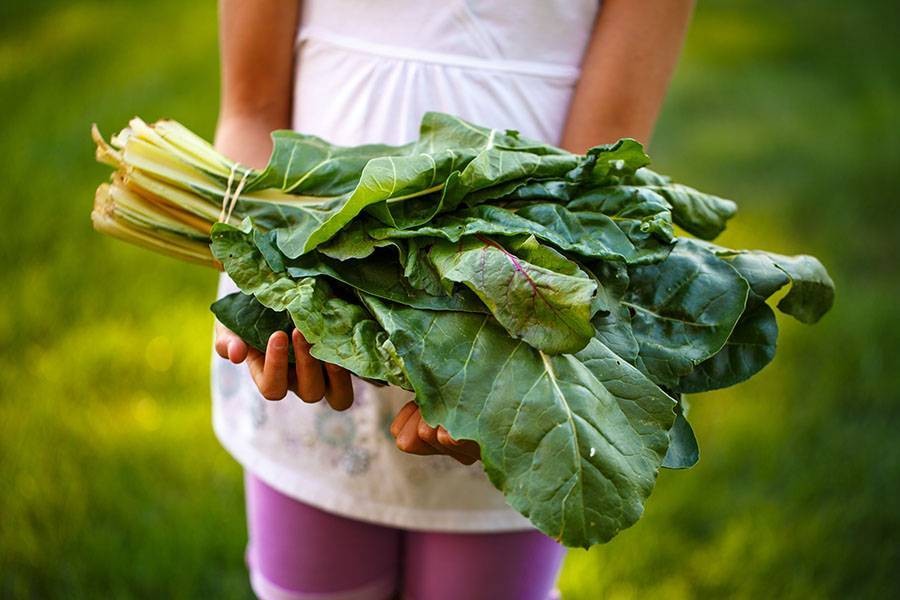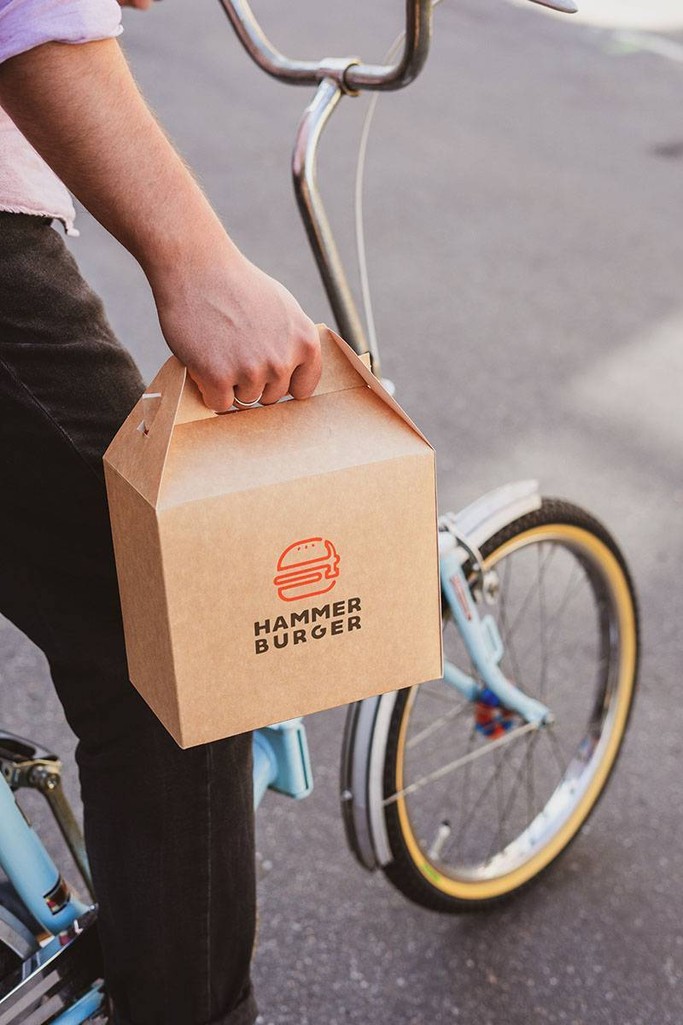Slow-living and zero-waste trend; how your food choices become a political act.
One of the biggest consumer trends emerging in the last years is slow living and the rising public awareness about climate change. The movement transcends through all aspects of our lives, and food is one of its pillars. Locavore eating, vegetarianism, veganism and the zero-waste trend will be growing stronger in 2020.
We care more not only about what we eat and how we eat, but also about the impact our choices have on the planet. Consumers consciously choose brands and restaurants that offer healthy, organic and locally grown products. Restaurants are adding plant-based dishes and organic ingredients to their menus.
Slow-living movement has started with the emergence of Slow Food in the 1980s, but it is only in recent years that it entered the mainstream culture. Slow means food that is good for those who eat it, the ones who grow it and for the planet. The concept has gained popularity in the last few years due to the growing concerns around the environment and pollution. That created a perfect ground for ‘Locavore eating’ and the rising popularity of farmers markets and ‘farm to fork’ concept, where restaurants grow and farm their ingredients.
When it comes to packaging, the consumer trend is parallel to the implementation of the new regulations on single-use plastic. We will see the withdrawal from wasteful packaging and plastic and the rise of paper, bran wheat and other compostable and biodegradable alternatives.
Consumers vote with their wallets and investing in more sustainable solutions, such as organic and locally grown products, or environmentally packaging, is worth a consideration.
Focus on the experience.
The dining experience, food presentation, packaging design and the interior will play even a more significant role. 2020 will bring the rise of open- concepts kitchen, pop up restaurants and chef’s collaborations.
The consumers crave for novelty and authenticity has laid the ground for the popularity of open-concept kitchen where they can see their food prepared. Food is not just nutrition; it is an experience, and source of identification. We will see more debates about food and its impact on the environment. We will enjoy pop up events and collaborations, new means of food presentation and dining experience.
The visual aspect of food and dining becomes as essential as the food itself. Make sure that your restaurant, food and packaging create an experience that is worth sharing. Social media will still play a significant role, and creating a memorable experience will become even more critical in 2020.
Take-away and Meal-Kit Subscription Boxes
Interestingly, at the same time, we experience the rise of takeaway culture. Take-away, was once associated with fast-food, but in recent years the concept has rebranded itself. A growing number of restaurants offer a takeaway service, amongst them premium and gourmet restaurants. We can now choose from a wide spectre of cousins and diets, and the rise of apps and delivery services makes it easier than ever before. We can now order food that meats our dietary restrictions. We are experiencing a rising number of food allergies, and the food industry has adjusted to this new challenge. Finding lactose and gluten-free gourmet takeaway dinner dish is less of a task, that one could expect.
Slow-living has laid the ground for the popularity of the meal-kit subscription boxes. We can cherish the process of making the food while not having to worry about shopping or finding the recipe. The menu and the organic ingredients are delivered to us. Simple and environmentally friendly, as the premeasured food amounts help us avoid food waste. Take-away and meal-kit subscription boxes have the advantage of allowing us to enjoy the meal in the chosen time and space. What can be better than a picnic in nature or having an excellent nutritious meal on the buzziest day.
Aesthetics, functionality and avoiding wasteful packaging are gaining even more importance in 2020. Functional, appealing and environmentally friendly packaging is equally important as the food itself. It plays an essential role in the takeaway and meal-kit subscription boxes.
Something Fermented, Free From Foods and Moon Cycles
As consumers work towards adopting a healthier lifestyle, Super Foods and Free From Foods are becoming more popular. There is a thin line between actual health benefits and the hype, but whether we believe in it or not, the markets for both categories are growing. Kombucha, Spirulina are two superfoods we will see more of in 2020. Kambucha is a fermented tea, and like other fermented foods, it contains beneficial probiotics. Many cafes and restaurants add Kambucha based sodas to their soft-drinks offer.
Spirulina is a blue-green algae superfood that packed with proteins, vitamins and antioxidants. Its nutritional values make it an excellent dietary supplement for people on vegetarian or vegan diets. It is gaining popularity as an ingredient in shakes and food bowls.
When it comes to beverages, we will also see further development of plant-based milk alternatives, Matcha and kombucha based drinks, non-alcoholic cocktails and biodynamic-wines.
Biodynamic wine production is a complex process where the grapes are grown without pesticides and unnatural means or chemicals. Instead, the winemakers work with the forces of nature such as moon cycles. The moon method has its roots in the 1920s and the ideologies developed by Austrian philosopher Rudolf Steiner and his student-turned-biodynamic leader Maria Thun. The moon cycles are used to determine when to prune, rack, and bottle the wines.
2020 will be a continuation of many trends from previous years. We will hear more often phrases like biodynamic, organic, natural, plant-based, dairy, gluten and sugar-free.




